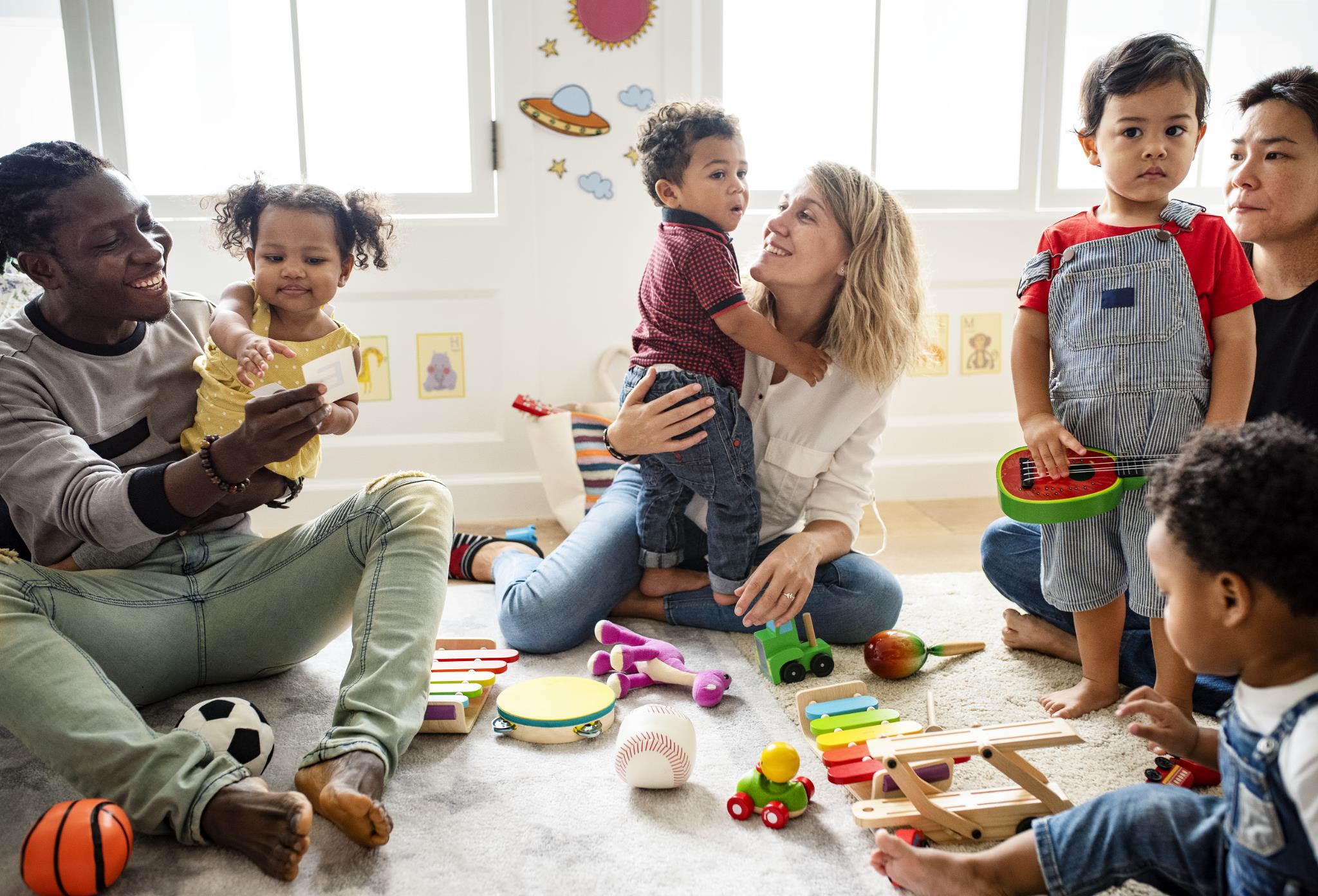

TEACH CHILDREN ABOUT DIVERSITY

Helping children to learn about diversity from a young age will help them grow into adults who have more empathy, tolerance and respect for human life. Learning about different cultural aspects also teaches children to be fascinated by the world around them and makes them more interesting human beings. If we all are exposed to diversity early on we will respect and celebrate the differences in all people.
There are so many differences between us from the way we dress, what we eat, the color of our skins, our family set ups and even our abilities. Then there's our different languages and religions, traditions and genders that all can be discussed and introduced to young children in a positive way. If we learn to look for the good in each other instead of seeing the differences as negatives, we will all be happier for it.
Average Milestones where children will become more aware:
Around 2 years old - children will start to notice gender and racial differences.
Around 2 ½ years old - children will learn gender labels like boy or girl and name recognize colors as well as skin color.
Around 3 years old - children will start to comment on physical appearances and disabilities.
Around 4 years old - children will start to display gender appropriate behavior and become fearful of differences.
Some fun activities to play with the kids:
Diversity Bingo
Diversity bingo helps children learn about other cultures from around the world.
What you need:
Bingo cards with images that relate to a specific culture and a large set of picture cards with the same images as those on the bingo cards; some ideas might be an Indian sari, chopsticks, or a sombrero.
What you do:
In each square of the bingo card, place an image of something from a specific culture. To play, hold up one of the large set of pictures; tell the children (or ask them) what the picture is and what culture it comes from. Students who get five across, down, or diagonally win.
Diversity Dress Up
Diversity dress up incorporates diversity into dramatic play to help children learn about different cultures.
What you need:
Clothing for various cultures (examples: yarmulke, a Jewish head cover; Burka, a garment worn by Muslim women); start with clothing that is reflective of the various cultures in your group of friends or neighbourhood.
What you do:
Have children try on the various items of clothing and discuss the culture that wears each one and why/how that style of clothing was created. Place the items in the dramatic play area so that children can wear the clothing as part of their play scenarios.
Diversity in Music
Music for everyone demonstrates the importance of music in many different cultures.
What you need:
audio recordings of music including those from a variety of cultures and featuring different types of instruments, and pictures of various musical instruments
What you do:
Ask each student to bring in a CD of music from their family of origin. Explain about each culture and how music plays a role in their cultures and celebrate traditions. Talk about what instruments are used. Add similar CDs to your music library and use them in daily music activities.
There are so many wonderful children’s books written on the various subjects of difference. Differences in hair, differences in skin color and differences in our bodies and their abilities.Reading Spot Light
The Sneeches by Dr. Seuss
In this story the star-belly and plain-belly Sneeches learn that neither type is superior and that they are able to get along and become friends.
The Color of Us by Karen Katz
This story explores how everyone in the neighborhood is a different shade of brown – from peanut butter to chocolate – and does a great job of subtly explaining that people are all different shades of the same color.
Why Am I Different by Norma Simon
This book outlines the variety of ways people can be different from each other including hair color, size, language, and family.
It’s OK to be Different by Todd Parr
The author explores sensitive issues such as adoption and unusual things such as eating macaroni in the bathtub, but manages to explore diversity in all forms.
Let’s all make the effort to get along with all human beings and teach our children to love and care for each other.
© 2024 Pop-Ins - All Rights Reserved
Site by
